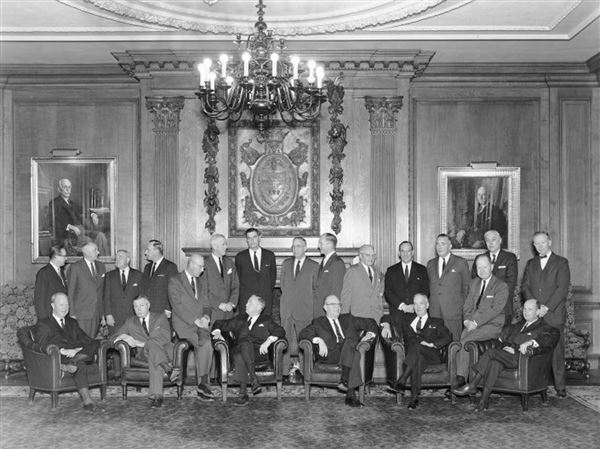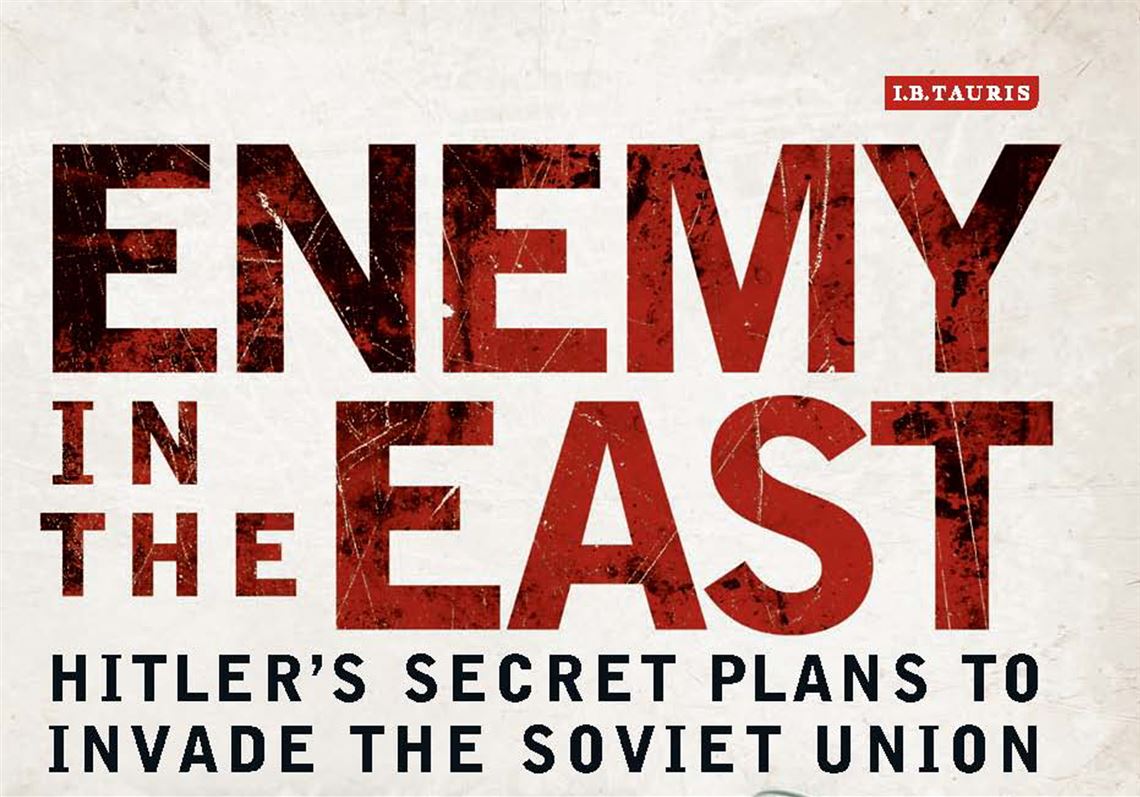You get what you fear. Although this rule is often disproved, there are times when it really comes home. For 1930s Germany, one of the worst things that could happen was a war on two fronts. For years, the Nazis proclaimed their right to Lebensraum (“living space”), which developed into plans to invade Russia.
I.B. Tauris ($29).
Such a turn to the East, however, would leave Germany vulnerable to an attack from the West — a threat Hitler could diminish but never entirely remove. As long as the German dictator spoke in beer halls or promulgated his warped ideas through writing (I remember my father gently advising me not to read “Mein Kampf” when I was 16 — “you and I can find that man ridiculous, but not everyone will understand”), international confrontation remained a distant prospect. Hitler could dream of his Reich, as long as he did so within Germany’s borders.
With hindsight, it seems incredible Hitler believed he could have a free hand in the East. Western appeasement encouraged him, as did his underestimation of anti-appeasers such as Winston Churchill. And so on he went, pushing for ever greater aggressiveness from his diplomats and military planners, dismissing dissent and consolidating his power.
However, after he annexed Austria in 1938 and occupied Czechoslovakia in 1939, the West warned him to stop. He did not, turning his attention to Poland. As the German military historian Rolf-Dieter Müller writes in his new look at Hitler’s plans for war:
“When [the] invasion of Poland eventually began on the morning of 1 September [1939], there were still several possibilities as to how things would turn out. ... Until 3 September, Hitler was evidently convinced that the western powers would not follow through on their threat to declare war. When they did indeed demand that Germany retreat...he went completely silent and motionless, as if frozen, and asked his foreign minister: ‘What now?’”
Although the early military campaigns saw apparently easy victories for the Germans, the Nazis’ nightmare of facing the combined forces of the West, including the USA by 1941, and the East was soon a reality.
Of course, thousands of writers have investigated the descent into World War II. Mr. Müller, until 2014 a professor of military history at Humboldt University (Berlin), is definitely an expert, who also writes for a general audience. You might be concerned, though, that his effort is no more than a well-written review of the familiar stories.
Certainly, Mr. Müller covers Germany’s aggression toward Poland, the Ribbentrop-Molotov pact of non-aggression, the lead-up to operation Barbarossa (the invasion of the USSR) and the early stages of the war.
However, he devotes most of his time to following the Nazis’ evolving plans for a war in the East. Not many people may realize, for example, that Hitler considered Poland a potential ally, until the country’s politicians finally spurned the dictator’s advances.
Although Mr. Müller is good at describing obscure pre-war meetings and negotiations, he is outstanding for his attempt to understand things as they actually occurred. WWII can be seen in broad brush strokes, with the countdown to war never in doubt. Müller allows for much greater uncertainty, aware that things could have happened differently.
His Hitler, for example, is beset by doubts; his Polish politicians are not simply victims but often anti-Soviet agitators. He also points out that although Hitler had a long-standing desire to invade Russia, he often changed his mind about when this should happen. At one point he even preferred to wait for Stalin to die, potentially as a victim of his own purges, before acting.
Mr. Müller presents many striking details, such as the Nazis’ reverential reception of the Polish head of state Józef Piłsudski’s memoirs in the 1930s, which carried forewords by German leaders such as Hermann Goering. Hitler’s frustration with the British is also well-captured, with the dictator once renouncing all trips to the cinema and the theater until Britain’s defeat.
There is too little, though, about the Soviets, who remain shadowy figures, and nothing new about Stalin. Also, Mr. Müller is unabashedly old-fashioned, declaring himself more interested in actions than in the new cultural approaches to war studies, though this is unlikely to annoy general readers. These reservations aside, “Enemy in the East” is excellent: a study that really brings home the uncertain, nightmarish descent to war.
Andre van Loon (vanloonandre@gmail.com) is a freelance book critic.
First Published: April 5, 2015, 4:00 a.m.














